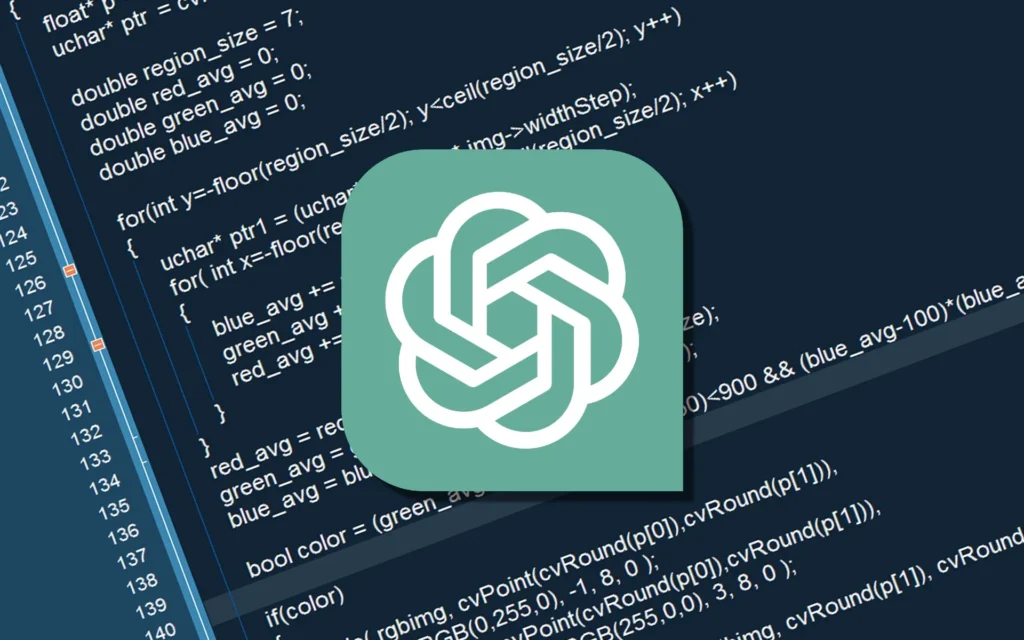ChatGPT has become a valuable tool for programmers, offering ways to speed up coding tasks. However, making the most out of it requires more than asking basic questions. This guide provides simple yet effective tips for programmers on how to use ChatGPT efficiently. From generating test cases to automating repetitive tasks, here’s how you can boost your workflow with ChatGPT.
1. Explain Your Project in Detail
When asking ChatGPT for help, provide a clear and detailed prompt. Whether you’re building an API in Express.js or writing a sorting algorithm in Python, the more specific you are, the better results you’ll get. A detailed explanation ensures ChatGPT delivers a solution that’s tailored to your needs.
2. Focus on Efficiency, Especially in Beginner-Friendly Languages
When using beginner-friendly languages like Python or JavaScript, efficiency matters. Make sure to mention your requirements for time and space complexity to get optimal results. For example, if you need a more efficient sorting algorithm, include that detail in your prompt.
3. Encourage ChatGPT to Ask Questions
To improve the quality of responses, encourage ChatGPT to ask follow-up questions. This ensures the AI fully understands your task and provides more accurate and relevant code.
4. Quickly Generate Test Cases
ChatGPT can help you generate test cases to ensure your code works as expected. For instance, if you need to test a function that checks if a string is a palindrome, simply ask ChatGPT to generate test cases, and it will provide various examples, including tricky edge cases.
5. Use ChatGPT as a Code Reviewer
Before submitting your code, ask ChatGPT to review it for errors or suggest improvements. While it’s not a substitute for human review, ChatGPT can catch mistakes and recommend optimizations.
6. Refactor Your Code
ChatGPT can help you refactor your code for better readability and efficiency. For example, ask it to refactor a Python function using list comprehensions, and it will suggest cleaner, more efficient alternatives.
7. Automate Tedious Tasks
ChatGPT can automate several programming tasks, like generating comments, AWS policies, or even GitHub README files. This saves time and allows you to focus on more important development tasks.
8. Simulate a Coding Environment
You can use ChatGPT as a simulated coding environment, similar to a console. This feature is useful for testing small code snippets or identifying issues quickly.
9. Know When to Use Other Tools: ChatGPT vs. Claude
While ChatGPT is versatile, sometimes other AI tools like Claude might be better for specific tasks. For example, Claude is often more effective for front-end development tasks like HTML, CSS, or JavaScript.
10. Speed Up Workflow with Custom GPT
For more advanced use cases, you can create a custom GPT that understands your specific coding needs. This personalized version will adapt to your style and preferences, making it a powerful tool for speeding up your workflow.
11. Summarize Documentation
Need to quickly understand lengthy documentation? Ask ChatGPT to summarize it for you. This can save you time by providing the key points or helping you find specific information in a large document.
12. Understand the Limitations: Free vs. Paid Versions
While the free version of ChatGPT works well for most tasks, the paid version offers more optimized coding features. The ChatGPT Plus version uses Codex technology, designed specifically for generating and understanding code, making it a better option for complex coding tasks.
By using these tips, you can unlock ChatGPT’s full potential and significantly speed up your development process.
